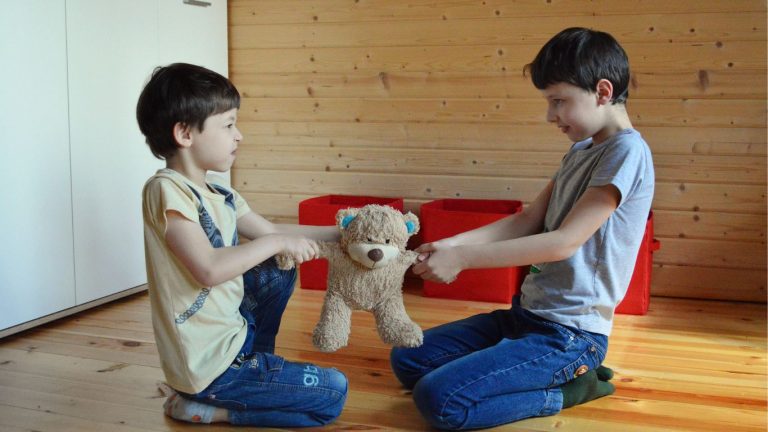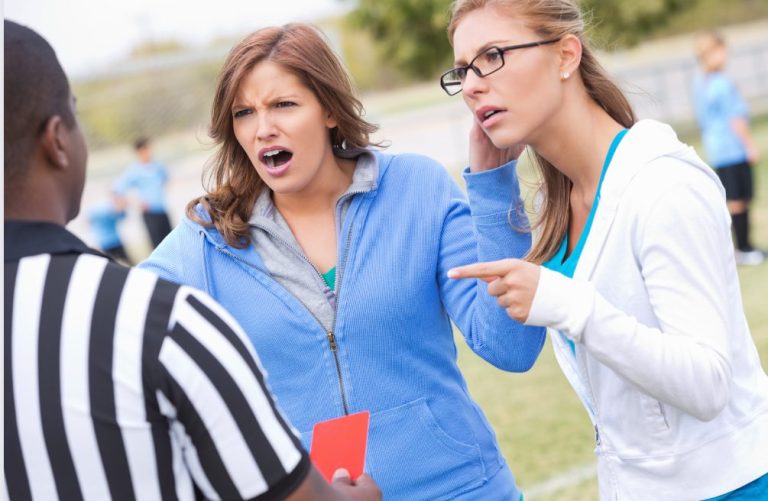Facebook is a huge part of many young people’s lives and it can be mystifying and quite frightening for some parents. If you’re not on Facebook, you might not be sure how to approach the topic of setting up a safe, secure Facebook account with your teenage kids. Or you may be pretty Facebook-savvy, but aren’t sure how to teen-proof an account.
Here are some tips for setting up your teen’s Facebook account.
1. It may sound obvious, but help your teen be selective with profile information. This includes photos—cute is okay, provocative is a no-no. You can also navigate to “update info” in the blue menu bar with your name and edit basic info, contact information, work and education, and interests, making sure the privacy setting is always “Friends” and not “Public.” Don’t include contact info such as email addresses, phone numbers, etc…
2. In this same vein…you can help adjust his or her privacy settings. Click on the little wheel next to the “Home” button; from the dropdown menu, hit “Privacy Settings.” Here you can change the default privacy settings for when your teen posts photos and updates, and control whether his/her account pops up when people do public searches. Note: DON’T forget Timeline and Tagging privacy settings—always make sure tags are restricted to “Friends” so that photos other people post of your teen are only seen by his/her friends.
3. Have your teen set up login approvals and notifications (via the Security Settings page), both extra security features:
- With login notifications, Facebook sends you an alert each time someone logs into your account from a new place.
- Login approvals are like login notifications, but with an extra step; if you turn on login approvals, you’ll be asked to enter a special login code each time you try to access your Facebook account from a new computer or mobile phone. After you log in, you’ll have the option to give that device a name and save it to your account.
- You won’t have to enter a code when you log into any of these recognised devices. The benefit here is so that Facebook can be sure it’s you logging in from an unrecognised device, and not an impostor you; you’ll also receive an email confirming you logged in from an unrecognised device so in the instance you can always be sure you’ll know when and from where you’ve logged in.
And, when all is said and done, the most important way to keep your teen safe online is by starting a conversation. After all, technical controls don’t always solve every problem. You don’t need to be a social media expert to ask questions and begin an ongoing dialog. Have these conversations about safety and technology early and often, in the same way you talk to your teens about being safe at school, in the car, etc.
One way to begin this conversation is to ask your teen why social media is important to him or her. You might also ask him or her to show you how to set up your own Facebook Timeline, so you can see what it’s all about. Discuss what’s appropriate information to share online—and what isn’t. Ask them about privacy settings, and suggest that you go over them together regularly.






